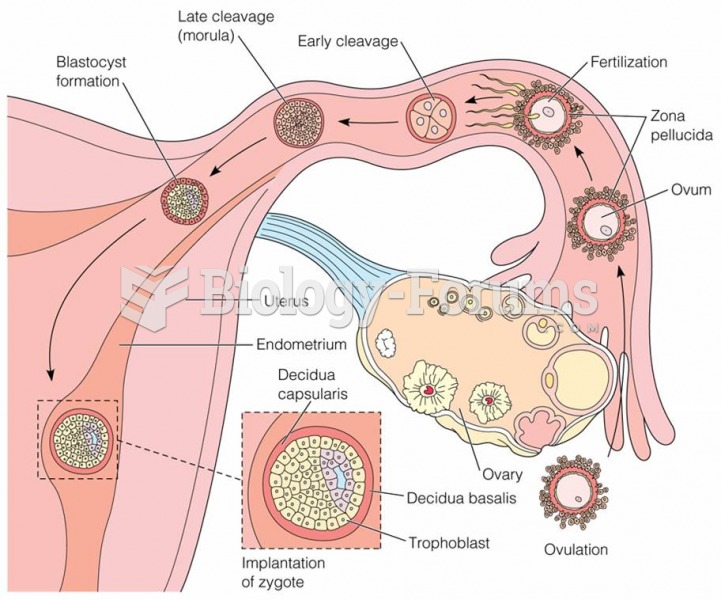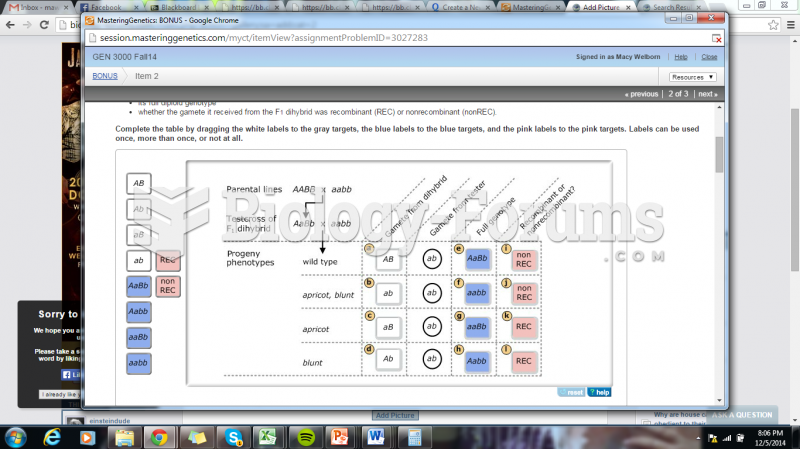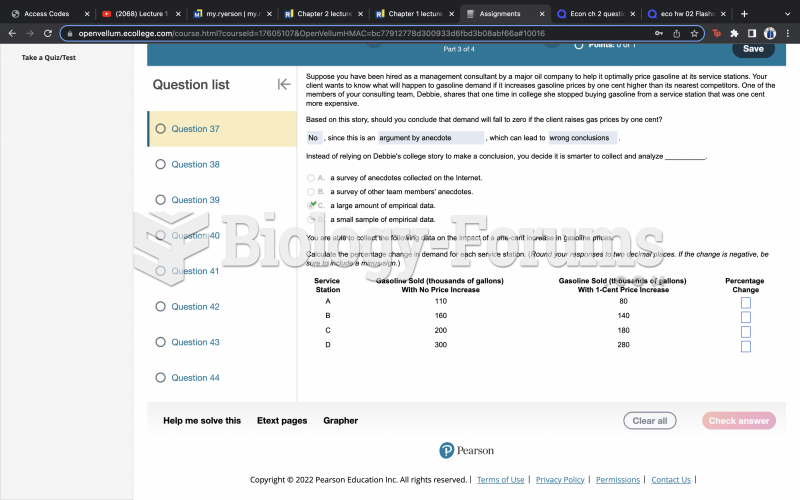Answer to Question 1
Communication begins with a source. A source is a person, group, or organization with a meaning it attempts to share with an audience. A source could be an electronics salesperson wishing to communicate the attributes of 3D television to a buyer in the store or a TV manufacturer using television ads to inform thousands of consumers about its products. A receiver is the individual, group, or organization that decodes a coded message, and an audience is two or more receivers. To transmit meaning, a source must convert the meaning into a series of signs or symbols representing ideas or concepts. This is called the coding process, or encoding. When coding meaning into a message, the source must consider certain characteristics of the receiver or audience.
To share a coded meaning with the receiver or audience, a source selects and uses a communications channel, the medium of transmission that carries the coded message from the source to the receiver or audience. Transmission media include printed words (newspapers and magazines), broadcast media (television and radio), and digital communication. In the decoding process, signs or symbols are converted into concepts and ideas. Seldom does a receiver decode exactly the same meaning the source intended.
When the result of decoding differs from what was coded, noise exists. The receiver's response to a decoded message is feedback to the source. The source usually expects and normally receives feedback, although perhaps not immediately.
During feedback, the receiver or audience provides the original source with a response to the message. Feedback is coded, sent through a communications channel, and decoded by the receiver, the source of the original communication. Thus, communication is a circular process.
Answer to Question 2
D







